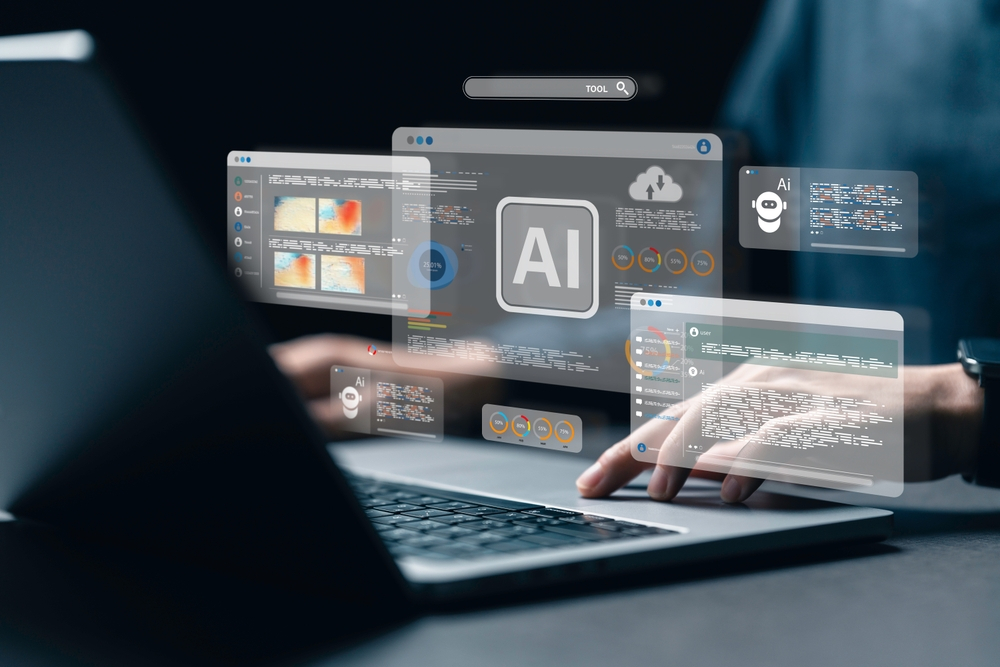Highlights:
- The executive mentioned that GPT-5 will require more training data than OpenAI’s previous models.
- A significant amount of OpenAI’s development expenses likely go toward graphics processing units.
OpenAI LP’s Chief Executive Officer Sam Altman reported that the company is developing GPT-5 and intends to seek further funding from Microsoft Corp. to augment its research and development endeavors.
The developments came to light a week after OpenAI’s first annual developer conference. The business unveiled several new features and additional GPT-4 customization choices. There was also a word about GPT-5. Altman stated during the conference that OpenAI anticipates its next flagship language model to include more sophisticated features than its existing neural networks, although he did not elaborate.
He stated that OpenAI developers have started working on GPT-5 already. Although he repeated his belief that the model would be more advanced than GPT-4, he acknowledged that it is technically challenging to pinpoint exactly how. Besides, Altman did not reveal the release date.
The executive mentioned that GPT-5 will require more training data than OpenAI’s previous models. According to Altman, the business intends to obtain the data from other institutions and publicly accessible sources. Last week, OpenAI introduced a partner program that enables companies to offer training data for AI initiatives.
When OpenAI’s flagship AI, GPT-4, debuted in March, it significantly advanced over the company’s previous neural networks. In contrast to its predecessors, GPT-4 is more accurate and can respond to various questions. At its developer conference, OpenAI unveiled an enhanced GPT-4 version this week, claiming it can handle user inputs more consistently.
Developing large-scale language models is a costly undertaking. To fund its research and development, Altman said that OpenAI hopes “to raise a lot more over time” from Microsoft Corp. and other investors. It is said that Microsoft invested USD 10 billion in the AI organization earlier this year, at a USD 29 billion valuation.
Sources claimed last month that OpenAI is considering a secondary sale valued at USD 86 billion. In a secondary deal, the corporation does not raise any new funds; its current investors sell their stock. A Bloomberg report suggests that OpenAI may finish its upcoming investment round at a valuation significantly higher than its most recent USD ten billion rise.
A considerable amount of OpenAI’s development spending will likely go into developing graphics processing units. The H100, the top data center GPU from Nvidia Corp., is presently available for roughly USD 40,000. Despite a “brutal crunch” in the Nvidia chips’ supply, Altman said that OpenAI has started receiving H100s and expects to get even more by the year’s end. He added, “next year looks already like it’s going to be better,” regarding supplies.
The CEO touched on OpenAI’s finances as well. While acknowledging that the business is not yet profitable, he continued, “Revenue growth had been good this year.” The Information claims that OpenAI’s yearly revenue run rate increased from USD 28 million last year and USD one billion two months back to USD 1.3 billion in October.
According to Altman, developing artificial general intelligence is the long-term objective of OpenAI’s technical investments. This phrase refers to a theoretical artificial intelligence model comparable to humans’ ability to learn new tasks and carry out a broad range of tasks. Large models are “one of the core pieces for how to build AGI, but there’ll be a lot of other pieces on top of it,” added Altman.





























































